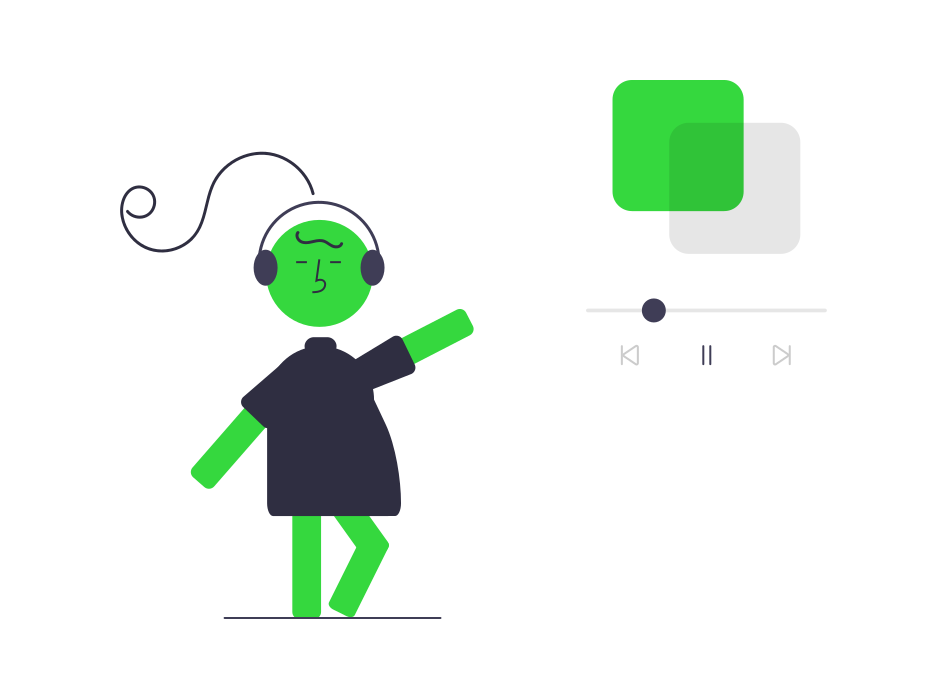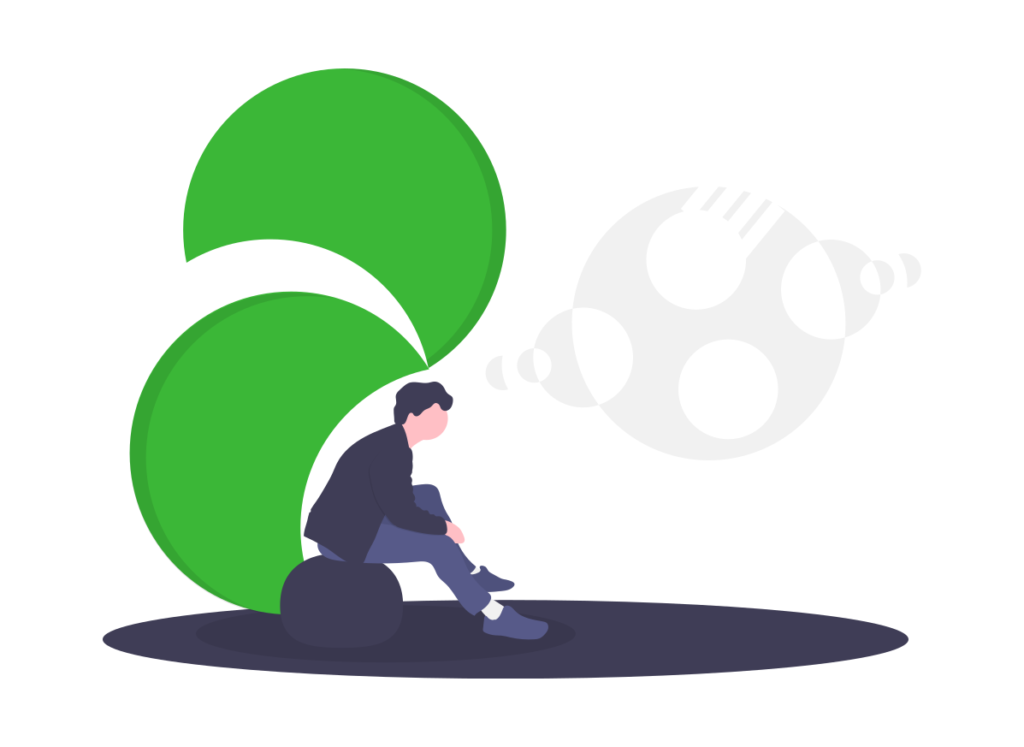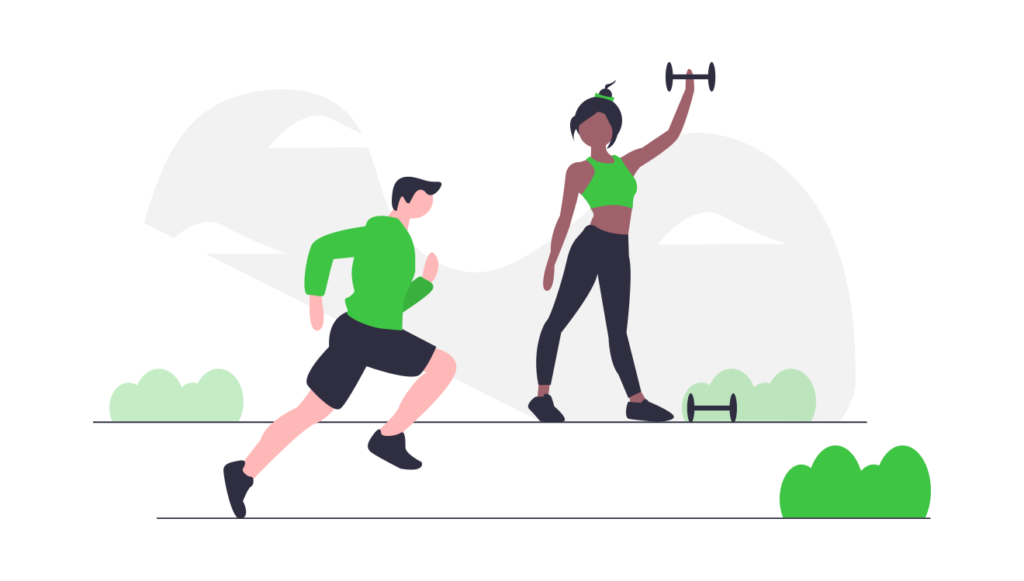Therapy is a tried and tested method of improving mental health, understanding emotional problems, and gaining self-esteem. But alongside the therapy types we have come to expect, there is a more intriguing branch: creative therapy.
Creative therapy focuses on using art forms to treat mental health conditions. It encourages artistic expression to channel thoughts and emotions, creating a new way to explore problems and find solutions. It’s particularly useful for those who find it difficult to express verbally, as we don’t have to rely on our words. It can help to:
- Build self-esteem
- Resolve conflict
- Develop social skills
- Understand difficult situations
- Improve cognitive functions
Being creative is a great way to improve your mental health. Creative therapy provides a structured and secure setting to explore your feelings with the help of a licenced therapist. Although there are lots of different types of creative therapy, there are four main forms that are the most common.
Dance Movement Therapy (DMT)
Dance movement therapy utilises body movements, dance and rhythm to improve mental and physical health. It focuses on the connection between body and mind, using movement as a language to express emotions and unconscious processes.

It boosts both physical and mental health, helping with:
- Stress reduction
- Disease prevention
- Mood management
- Cognitive issues
Dance movement therapy has even been proven to be successful in helping adults with depression. By using movement, it can improve physical health whilst helping you to manage your mental health.
And don’t worry, you don’t need any dance experience to try it! Your movements and rhythms are used to explore your experiences. It isn’t like a dance class – you don’t need to learn a routine or practice choreography. All you need to do is move, and you can connect your movements to your feelings.
Read Now: How Exercise Benefits Mental Health
Dramatherapy
Dramatherapy works in a similar way to dance therapy, but uses performance to express thoughts and feelings. It is used to explore issues such as dementia, physical or sexual abuse, mental illness and autism.
Dramatherapy uses an array of dramatic techniques to help people express themselves, including:
- Role play
- Puppetry
- Storytelling
- Movement
- Voice work
It helps to improve self-esteem and self-worth, removing feelings of isolation and using movement to solve problems and set goals. It creates positive changes in mood, empathy, and insight, particularly helping with broadening your range of expression and emotion.
By providing a safe space for participants to tell stories and express problems, dramatherapy can create a sense of catharsis for those involved.
Read Now: How to Become More Comfortable in Your Own Skin
Music Therapy
Music therapy uses music to assess someone’s physical and emotional wellbeing, and is particularly useful for those who find it difficult to communicate verbally. No prior musical knowledge is needed, as it uses techniques including:
- Improvisation
- Listening
- Discussing lyrics
- Song writing
- Discussing music or imagery
It creates space to communicate feelings and improve mental health. It combines active and passive interactions with music, often focusing on certain genres that have a positive effect on mental health issues such as depression.
Music therapy is beneficial for a range of issues, including:
- Mental health
- Learning disabilities
- Alzheimer’s
- Substance abuse issues
- Brain injuries
When words are too difficult to use, or emotions are too confusing to explain, music therapy helps to create an understanding of your problems. Finding lyrics that you relate to, or tunes that match your mood, can be beneficial in exploring your emotions.
Read Now: How to Uncover Inspiration
Visual Art Therapy
Visual art therapy (or just art therapy) uses various art forms to explore emotions and help address distressing or confusing issues. Again, you don’t need to be artistically inclined to participate in it, as it focuses more on using art to discuss your own feelings.

Visual art therapy employs art forms like:
- Painting
- Drawing
- Sculpting
- Doodling
- Collage
… to explore feelings, reduce anxiety, and manage behaviour. Often, the art we create is directly linked to our emotions, even if we don’t realise it at first. Art therapy analyses your creations, and helps you understand themes and conflicts that impact your thoughts and emotions.
To Sum Up…
Therapy is a solid foundation for improving mental health, but more conventional forms like CBT or psychotherapy might not feel right for you. Creative therapy can give you new and exciting ways to understand and process your emotions. Maybe it’s time to think outside of the box, and see if creative therapy is more suited to you.
Ceed can provide you with a personalised life coach to help you improve your overall wellbeing. Visit our homepage for more details.









